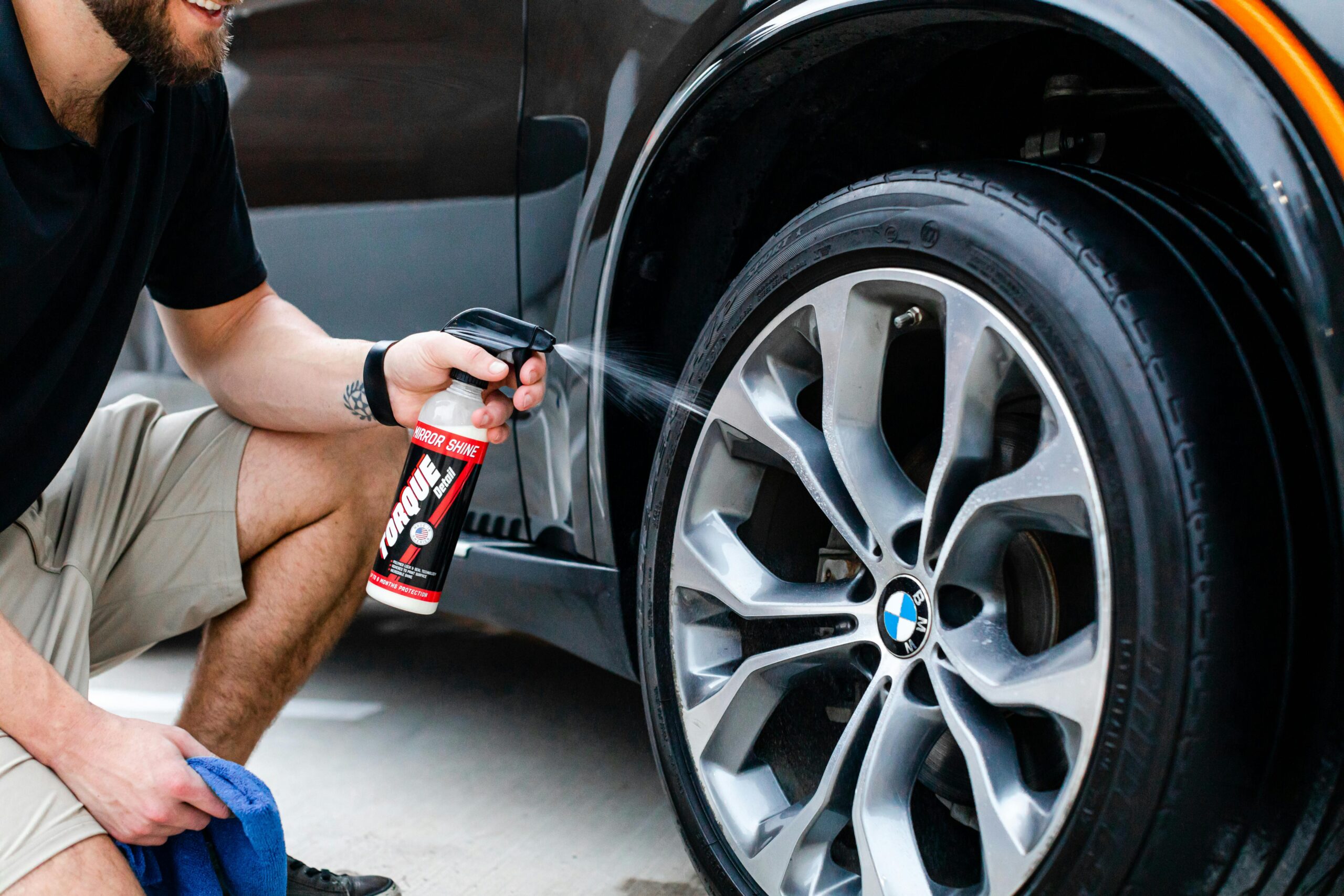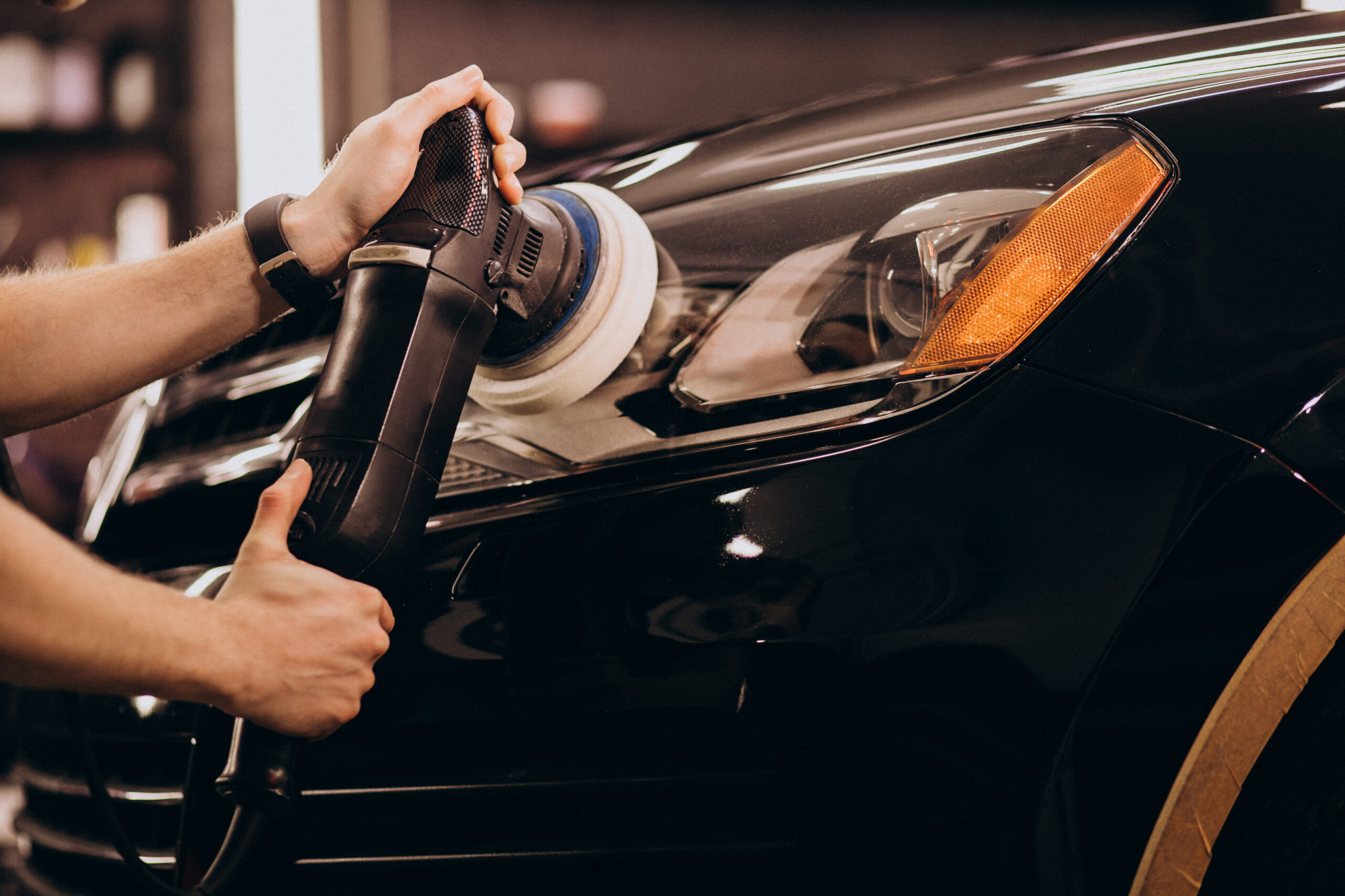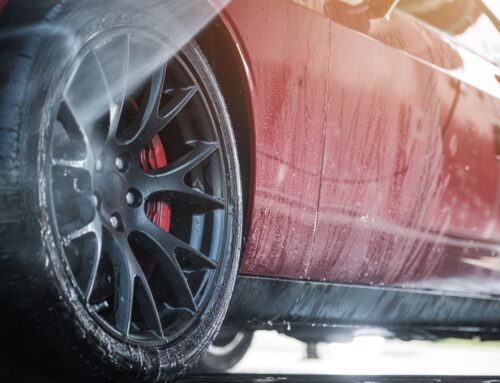Detailing a car is an art that requires a careful balance of technique, the right products, and a meticulous approach. However, many car owners, despite their best intentions, often make common mistakes that can undermine their efforts. To achieve a showroom-worthy finish and protect your vehicle’s pristine condition, it’s crucial to be aware of these pitfalls and learn how to avoid them. Here’s a guide to help you navigate the most common detailing mistakes.

Using the Wrong Products
One of the most common mistakes is using the wrong products on your vehicle. Household cleaners, abrasive sponges, and low-quality car care products can damage your car’s paint, trim, and interior surfaces. Always opt for products specifically designed for automotive use. High-quality, pH-balanced cleaners and soft microfiber towels are essential for protecting your vehicle’s finish.
How to Avoid It: Invest in a range of professional-grade detailing products. Research and choose products that are recommended for your specific car make and model, ensuring they are safe and effective.

Neglecting to Wash in the Shade
Washing your car in direct sunlight can lead to water spots and streaks as the water evaporates too quickly. This not only leaves unsightly marks but can also make the cleaning process more difficult.
How to Avoid It: Always wash your car in a shaded area or during cooler parts of the day. This helps to ensure that water and cleaning products have sufficient time to work without drying out prematurely.

Incorrect Washing Techniques
Using a single bucket for washing and rinsing can lead to dirt and grime being reapplied to the vehicle, causing scratches and swirls. Additionally, using a dirty wash mitt can further exacerbate the problem.
How to Avoid It: Adopt the two-bucket method: one bucket for soapy water and another for rinsing your wash mitt. This technique helps to minimize the risk of reintroducing contaminants to the car’s surface. Also, regularly clean your wash mitt to ensure it remains free from debris.

Coworkers in car service using professional mechanical tool to repair broken engine. Efficient workers in garage repairing client automobile, ensuring optimal automotive performance, close up
Skipping the Pre-Wash Step
Jumping straight to washing without a pre-wash can push dirt and grit deeper into the paint, leading to scratches and swirls. The pre-wash is essential for loosening and removing the majority of surface contaminants.
How to Avoid It: Use a pre-wash foam or spray to cover the vehicle and let it sit for a few minutes to loosen dirt and grime. This step ensures that the washing process is safer and more effective.

Ignoring the Wheels and Tires
The wheels and tires are often the dirtiest parts of a vehicle but are frequently overlooked during detailing. Neglecting them can detract from the overall appearance and can also lead to brake dust buildup, which can damage the wheels over time.
How to Avoid It: Start your detailing process by cleaning the wheels and tires first. Use dedicated wheel cleaners and brushes to thoroughly clean these areas before moving on to the rest of the car.

Using the Wrong Drying Techniques
Air drying or using a regular bath towel can cause water spots and scratches on the car’s surface. Proper drying is crucial to prevent these issues.
How to Avoid It: Use a high-quality microfiber drying towel or a car dryer blower to safely remove water from the vehicle’s surface. These methods help to avoid scratches and ensure a streak-free finish.

Forgetting to Decontaminate the Paint
Over time, contaminants like tar, sap, and industrial fallout can embed themselves in your car’s paint, which washing alone won’t remove. Skipping this step can lead to a less smooth and glossy finish.
How to Avoid It: Use a clay bar or clay mitt to decontaminate the paint after washing. This step removes embedded contaminants, leaving the surface smooth and ready for polishing and waxing.

Car wash detailing station
Improper Polishing Techniques
Polishing is essential for removing minor scratches and restoring gloss, but improper techniques can do more harm than good. Over-polishing or using the wrong pad and compound can damage the paint.
How to Avoid It: Educate yourself on proper polishing techniques and use a dual-action polisher with the appropriate pads and compounds for your vehicle’s paint. Start with the least abrasive option and work your way up if necessary.

Neglecting Interior Detailing
A clean exterior is important, but neglecting the interior can lead to a lackluster overall experience. Dirt, dust, and grime can accumulate quickly inside the car, affecting comfort and aesthetics.
How to Avoid It: Regularly clean and condition your car’s interior surfaces. Use appropriate cleaners for different materials, such as leather, vinyl, and fabric. Don’t forget to clean hard-to-reach areas and apply UV protectants to prevent fading and cracking.
Overlooking Protective Coatings
Skipping protective coatings like wax or sealant can leave your car’s paint vulnerable to the elements. These coatings provide a layer of protection and enhance the vehicle’s shine.
How to Avoid It: After polishing, always apply a high-quality wax or sealant to protect the paint and enhance its appearance. For longer-lasting protection, consider ceramic coatings, which offer superior durability and gloss.
By avoiding these common detailing mistakes and adopting professional techniques, you can ensure that your vehicle remains in top condition, reflecting your dedication to maintaining its beauty and performance. Remember, the key to exceptional detailing lies in the details—meticulous care and the right approach make all the difference.




